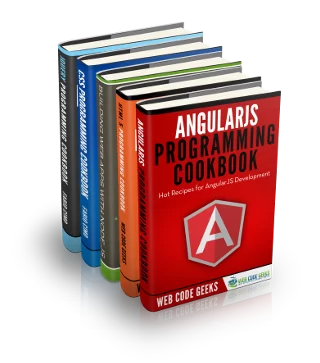-
JavaScript

JavaScript Array filter() method Example
Greetings readers, in this tutorial, we will show how to use the JavaScript scripting language and the Array.filter() method. 1.…
Read More » -
JavaScript

JavaScript switch Example
Greetings readers, in this tutorial, we will show how to use the JavaScript scripting language and the switch conditional statement.…
Read More » -
JavaScript

JavaScript Array Methods Example
Greetings readers, in this tutorial, we will show how to use the JavaScript scripting language and the different array methods…
Read More » -
Web Dev

The Serverless Revolution: Why and How The Movement Will Allow Teams to Deploy With More Velocity and Confidence
Drive DevOps success with better, more informed decisions based on real-time facts, not opinions. Summary Serverless or Function-as-a-Service (FaaS) design…
Read More » -
JavaScript

JavaScript String substring() Example
Greetings readers, in this tutorial, we will show how to use the JavaScript scripting language and the JavaScript string subString()…
Read More » -
JavaScript

JavaScript Array map() Example
Greetings readers, in this tutorial, we will show how to use the JavaScript scripting language and the JavaScript Array map()…
Read More » -
JavaScript

Understanding ordering with JavaScript async methods
So I challenged someone in a code review to prove that there code that made use of async functions wouldn’t…
Read More » -
Angular.js

AngularJS Components Library Example
In this article, we will take a look at developing a custom AngularJS Component. Then, we will learn to package…
Read More » -
jQuery

jQuery Effect Methods Example
Greetings readers, in this tutorial, we will show how to use the jQuery library and the different jQuery effect methods…
Read More »





